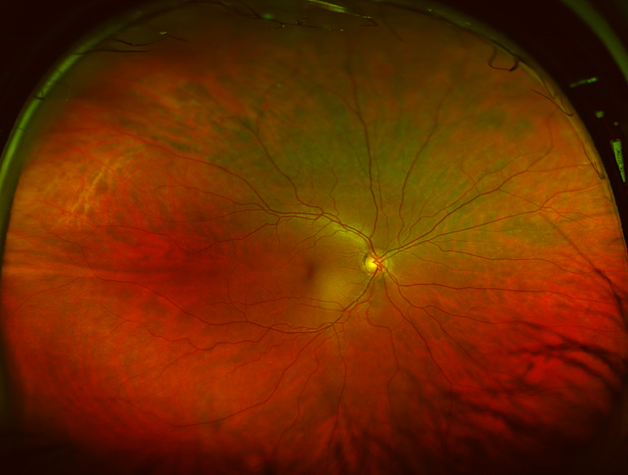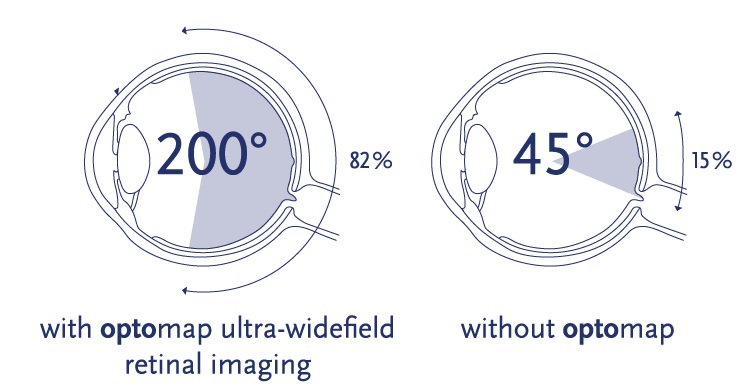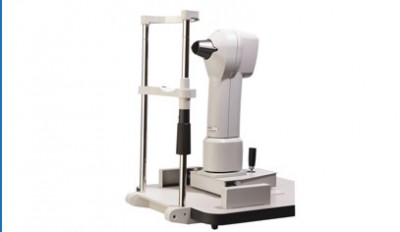Additional Technology
At 20/20 Sight & Style we make sure we keep up-to-date with the latest information & technologies to enable the most comprehensive, comfortable and cost-effective way of caring for your Vision. This includes the use of –
OCT (Ocular Coherence Tomographer)
This amazing piece of equipment allows a 3-D retinal scan to be done, showing the layers of the retina not normally visible to the human eye, even by retinal photography.The technology providing this has advanced significantly over the last 3-5 years, enabling 10,000 scans per second to occur, which means the scanning time is faster and more accurate, giving more information than ever before. This machine detects subtle changes that may lead to Glaucoma or Macular Degeneration 2-3 years earlier than traditional tests we have relied on in the past. It is also excellent in identifying early changes in your retina as a result of Diabetes, and many other eye health conditions. Previously, only some eye specialists had access to this equipment, and so scans could only be done in their rooms at a much higher cost and longer wait time than we can offer. Now we can provide this same service with a lower fee and shorter wait time for appointments, meaning we can detect problems in your vision earlier and more cost effectively.
Retinal Imaging
We first purchased a retinal camera over fifteen years ago, before this essential service was considered by most optometrists, as it gave so much more insight into health conditions of the eye when we carried out your examination. It is now becoming the standard of care in Australia to have retinal photography done for all adults when they have an examination, just as you would have an X-ray when you go to the dentist.
Recently, we upgraded to an Optomap Laser Imager – this takes a much wider field of view (up to 200 degrees compared to the 45 degrees that a typical photo provides). Now even more of your retina can be assessed, investigating not only visual conditions, but giving an insight into general health issues such as high blood pressure and diabetes – all without the need for eyedrops to dilate your pupils.
The lasers also target the deeper nutritional layers of your retina – identifying previously unseen structures that can be observed to predict future changes that can affect your vision long-term. This allows earlier diagnoses of some critical conditions, giving us the opportunity of prescribing early interventions that can preserve your vision.


I-Care tonometer
This instrument measures the pressure of the fluid that circulates within the eye. Should this increase, you are at a higher risk of glaucoma. Previously, either drops had to be put into your eyes when you had your examination, so the pressure could be measured using an alternative instrument, or you may have had the “air-puff” technique used (which has been traditionally recognised as less reliable). Both of these are more invasive and less comfortable for you. The I-care tonometer allows us to measure your pressures with minimal sensation, but still provides an accurate reading.
Corneal Topographer
If you can imagine a geographical map showing the contour of the landscape, you will understand how a corneal topographer can map out and show the contours of the cornea (the front surface of the eye). Previously, optometrists would rely on a simpler instrument that measured only the corneal curve of the very centre of the eye, and an assumption was made that the rest of the eye was in line with this. Now with more complete information, we can perform Contact Lens fitting more accurately, with fewer complications and less hassle for you!
For further information on the Additional Technologies we have at our disposal –



